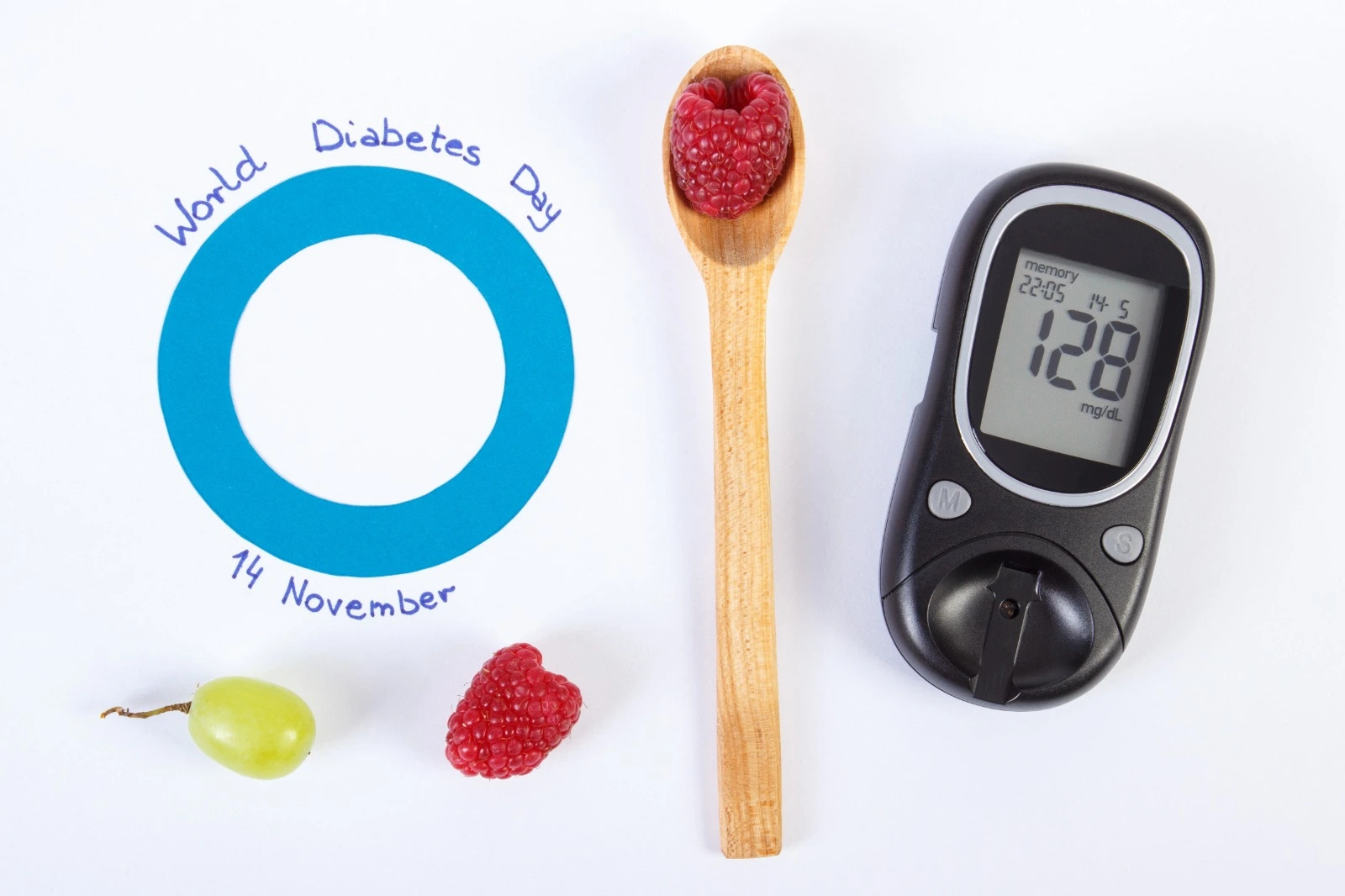

There are moments in life that divide everything into a before and an after.
Hearing the words “It may be breast cancer” is one of them.
But here’s the part we don’t hear enough:
Women today are being diagnosed earlier, treated faster, and supported better than at any other point in medical history.
2025 isn’t just another year in oncology—it’s a turning point.
From newer, gentler therapies to smarter, more personalised approaches, breast cancer treatment has shifted from “fight and endure” to heal, protect and continue living fully.
This is a guide written woman-to-woman, not from a podium of expertise but from a place of solidarity—clarity instead of fear, empowerment instead of overwhelm.
In the last decade, research has moved away from treating all breast cancers the same way.
Now, your treatment is shaped by:
Your tumour type (hormone-positive, HER2-positive, triple-negative, etc.)
Your genetics
Your age, hormones & overall health
Your preferences and lifestyle
We finally know:
There is no “one-size-fits-all” breast cancer.
So there must be no “one-size-fits-all” treatment.
These are the advances changing not just survival, but quality of life.
Think of this as chemotherapy with a GPS.
Instead of flooding the whole body, ADCs deliver treatment directly to cancer cells, sparing healthy cells.
Examples being used widely in 2025:
| Name | Used For | Why It’s Big |
|---|---|---|
| Trastuzumab Deruxtecan (Enhertu) | HER2-positive or HER2-low cancers | Extremely targeted; fewer systemic effects than older chemo |
| Sacituzumab Govitecan (Trodelvy) | Triple-negative or metastatic cancers | Offers new hope where older treatments had fewer options |
Women often report less fatigue, less hair loss, and quicker recovery compared to older chemo regimens.
Instead of attacking the cancer directly, immunotherapy strengthens your own defense system.
Commonly used medication in 2025:
Pembrolizumab (Keytruda) for triple-negative breast cancer
Sometimes combined with chemotherapy for stronger effect
This approach focuses on long-term immunity and reduced recurrence risk.
If your cancer is hormone-receptor positive, you may already know terms like tamoxifen, aromatase inhibitors, ovarian suppression.
2025 brings:
Better dose-adjusted regimens
Bone-protective supplements added from Day 1
Monitoring protocols that reduce side effects like joint pain & hot flashes
This means staying on treatment feels more livable, not like a constant battle.
Medications like:
Palbociclib
Ribociclib
Abemaciclib
…are now used earlier and more precisely, often reducing recurrence risk significantly in hormone-positive cancers.
They work quietly—supporting cell cycle control—and many women continue daily routines while on them.
Breast surgery today focuses on:
Saving as much healthy breast tissue as possible
Natural reconstruction
Nerve-sparing techniques to preserve sensation
Women often describe their chest post-surgery as not “lost,” but changed and reclaimed.
This may sound small, but we know it’s not.
Cold-cap / scalp-cooling devices are now:
More accessible
Better regulated
Better tolerated
Many women complete chemotherapy with most of their hair intact.
This can protect a woman’s sense of continuity—to still see herself in the mirror.
Treatment focuses on survival.
But living through treatment is its own journey.
Here is what women actually report, and what helps.
| Hidden Side Effect | Why It Happens | What Helps |
|---|---|---|
| Fatigue that feels like bone-deep exhaustion | Body healing + medication impact | Gentle exercise (yes), magnesium, prioritising rest rhythms |
| Cognitive fog (“chemo brain”) | Inflammation + hormonal shifts | Omega-3, journaling, slow-paced tasks, brain-training apps |
| Early menopause symptoms | Hormone suppression during treatment | Supplements, sleep hygiene, warm baths, pelvic floor therapy |
| Body image changes | Surgery, scars, sensation changes | Support groups and trusted women circles like Miror Community where there’s no room for fear or judgement, only love, trust and compassion, also, mirror exposure therapy, trauma-informed yoga and gentle exercise |
| Lymphoedema | Lymph-node removal or radiation | Lymphatic massage, compression sleeves, physiotherapy |
None of this means you are weak.
It means you are adapting.
And you deserve support for that.
Breast cancer is not only medical—it is emotional, relational, identity-level.
Women often say:
“The hardest part wasn’t treatment. It was feeling like no one understood.”
In 2025, support structures are stronger:
Survivorship circles
Online midlife wellness communities
Pelvic wellness and sexual health counselling
HRT and hormone-balancing clinics such as Miror HRT Centre of Excellence: India’s first dedicated HRT Centre for women, offering personalised hormone therapy to ease menopause symptoms with expert guidance, comfort, and confidence. (for women who are eligible post-treatment)
Dieticians trained in oncology nutrition
Movement specialists for recovery-safe strength training
You are not expected to do this alone.
Recovery does not look like “back to normal.”
It looks like:
More softness with yourself
More boundaries
More presence in what matters
Less tolerance for what drains you
Many women describe post-treatment life not as diminished, but re-awakened.
A deeper love for the body that carried them.
A sharper clarity about what matters.
A gentler rhythm to how they live.
This is not toxic positivity.
This is what happens when survival evolves into reclamation.
You are not behind.
You are not failing.
You are not less of yourself.
You are becoming someone braver than before.
Your treatment is not just medical — it is personal, emotional, spiritual, cellular work.
Choose softness.
Choose patience.
Choose nourishment.
Choose women who get it.
And above all, choose to stay gentle with yourself.
You are healing, even on the days it doesn’t feel like it.
Yes — and this is one of the most exciting advances.
In the past, cancers were labeled simply HER2-positive or HER2-negative. Now, scientists recognize a middle space called HER2-low, and this matters because medications like Trastuzumab Deruxtecan (Enhertu) work beautifully here.
What it means for you:
If you were previously told your cancer was HER2-negative, it may now qualify as HER2-low — opening access to more targeted and gentler treatment options. A pathology re-evaluation can confirm this.
Because breast cancer is not just physical — it’s biochemical + emotional + lived experience.
Your reaction depends on:
Baseline hormone levels
Stress load and support system
Sleep, nutrition, gut health
Past trauma or resilience patterns
Two women with the same diagnosis can have entirely different emotional pathways.
This does not mean one is “stronger” than the other — only that their bodies are responding differently. Both responses are valid. Both deserve care.
Not always — and not the way it used to.
Newer targeted therapies and antibody-drug conjugates often cause less hair loss than traditional chemotherapy.
Plus, scalp cooling therapy (cold caps) is now widely available in major Indian cancer centers and can significantly reduce hair thinning.
If keeping your hair is important to your emotional identity — it’s okay to say that out loud. Your care plan can reflect that.
Yes.
After treatment ends, many women describe feeling “in between worlds.”
Physically recovering while emotionally processing the experience is a real phase — often called the quiet recovery stage.
Your body may be done fighting.
Your heart may still be understanding what happened.
Therapy, journaling, gentle movement, and support groups are especially powerful here.
Healing is not an on/off switch.
It’s a slow return to yourself.
Not just okay — essential.
Pleasure and joy activate the parasympathetic nervous system, which:
Reduces inflammation
Improves sleep
Enhances immune cell activity
Helps your body tolerate treatment better
Your joy is not superficial.
It is physiology and survival.
It is allowed. It is needed. It is yours.


 ×
×

